Why we ran it: To see if a bright future lies ahead for the Smart brand reinvented under Geely
Month 1 - Month 2 - Month 3 - Month 4 - Final report - Specs
Life with a Smart #1: Month 4
Our time with the #1 is up. Has it wormed its way into our affections? Not quite... - 22 May
I have just turned 30 and find myself looking at the world in a slightly different way, from getting excited about buying a new iron to suddenly really wanting to do a marathon. Well, maybe a half...
So when a car calling itself 'Hashtag One' arrived on the scene, I immediately pulled that face people make when they hear someone mispronounce the letter "H". Couple that with the Smart's key being a glossy white disc that doesn't really sit comfortably on a key chain and it all felt a little too Gen Z for me.
But first impressions can be deceiving. I remember getting into the bulbous-looking #1 - ours in Premium trim - for the first time, sinking into the cream leather seats and thinking it was all actually rather nice. Yet one thought stuck out: 'This isn't very Smart-like.
Lets recap. The segment-straddling #1 is billed as a premium crossover rivalling the Renault Megane E-Tech and Kia Niro EV, with an emphasis on maximising interior space.
It is the first product of a new-age Smart, a firm now owned by Chinese behemoth Geely as well as Mercedes-Benz. This is no longer the quirky brand created in partnership with watchmaker Swatch; it is now a China-based marque using a well-known name and looking to become a global EV player.
This means the #1 is built (and was named) in China but styled in Europe, which is important, according to Mercedes design boss Gorden Wagener.
"Smart is a European brand, so we have to stick to that," he said at the Beijing show. "That is what the people in Europe want and people in the Chinese market want."
Wagener compared Smarts stylistic overhaul to that of Mini, moving from "too cute" to "grown-up sexy" with global appeal while standing out from the swathes of EVs currently flooding the market.
And stand out it does: no other car in the segment matches the #I's presence. It's also, for the time being, quite a rare thing: I've seen just two others out in the wild.

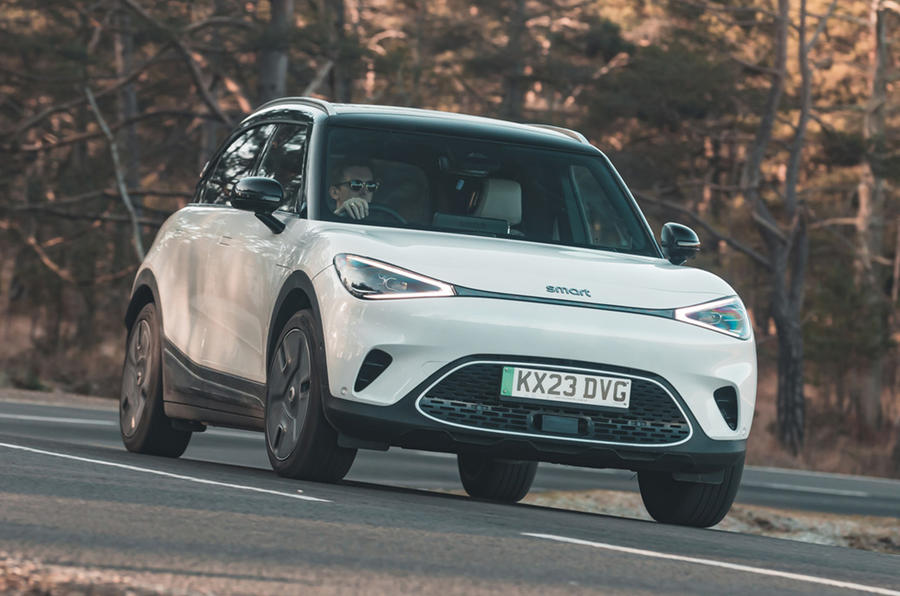














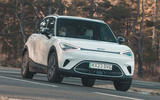















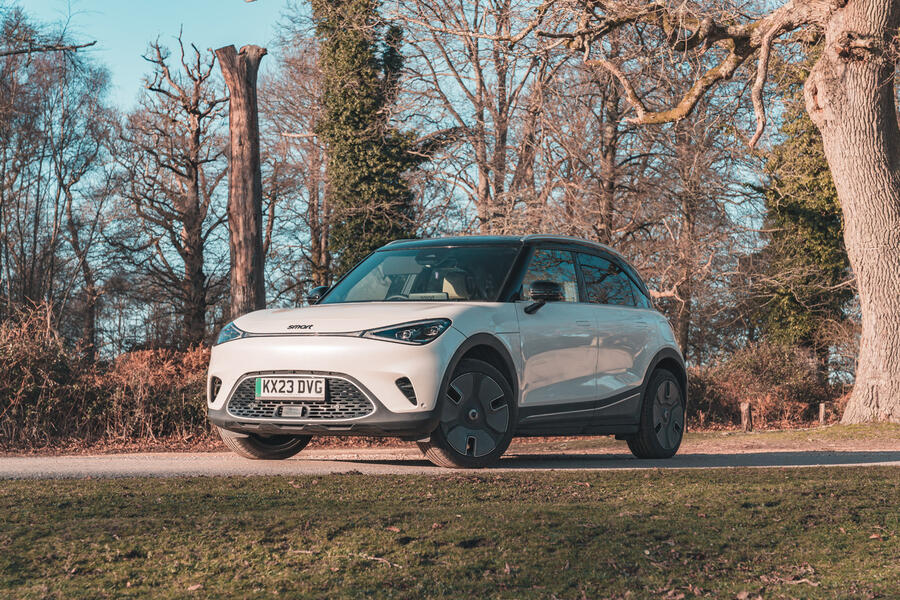
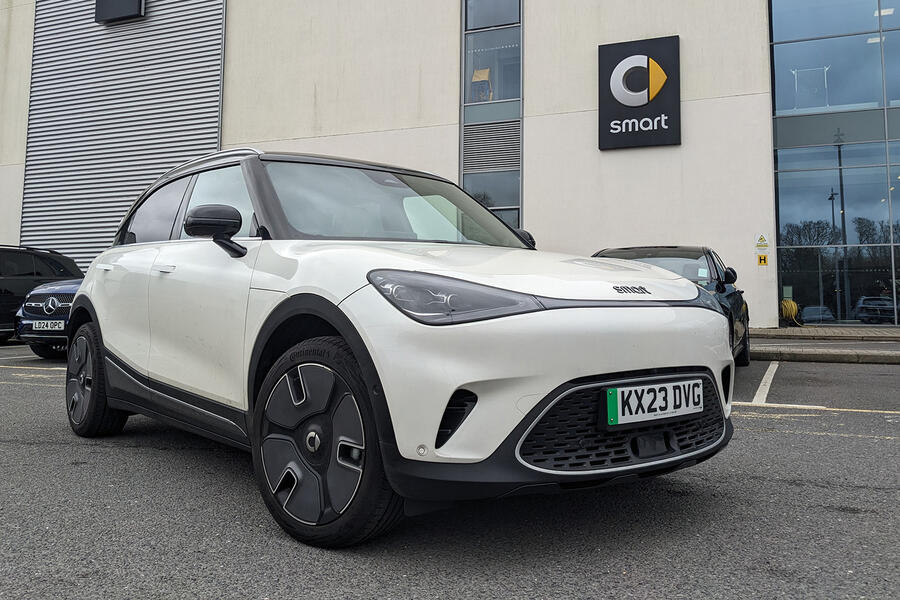
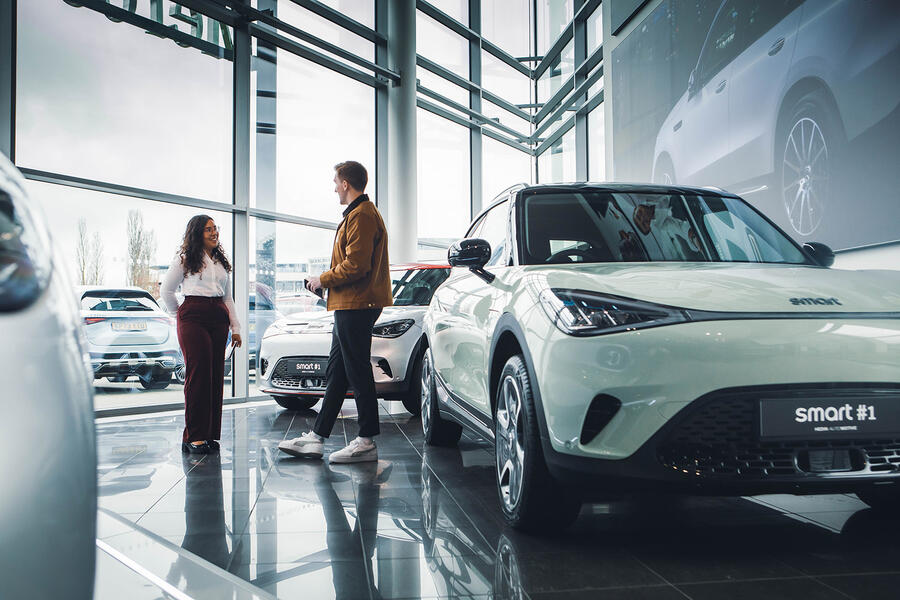
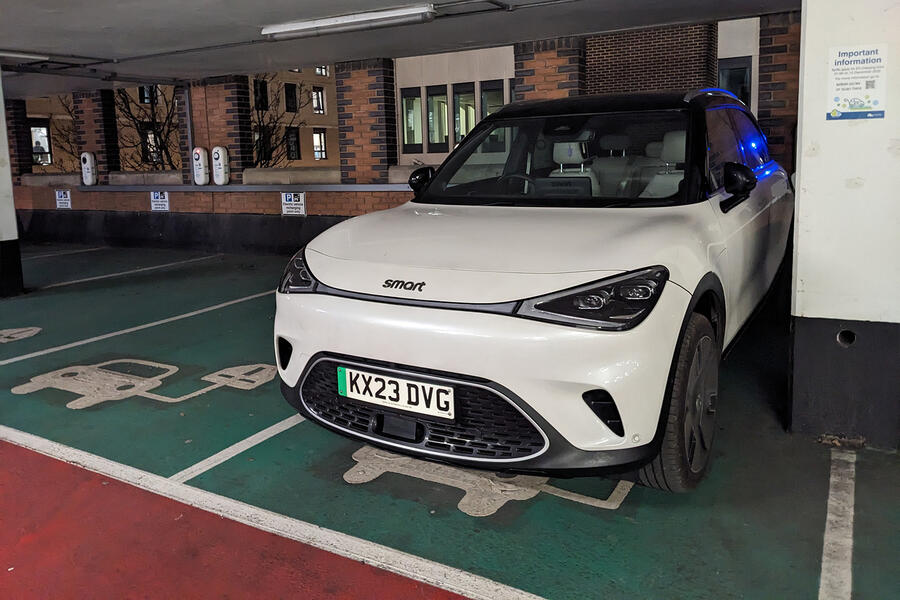
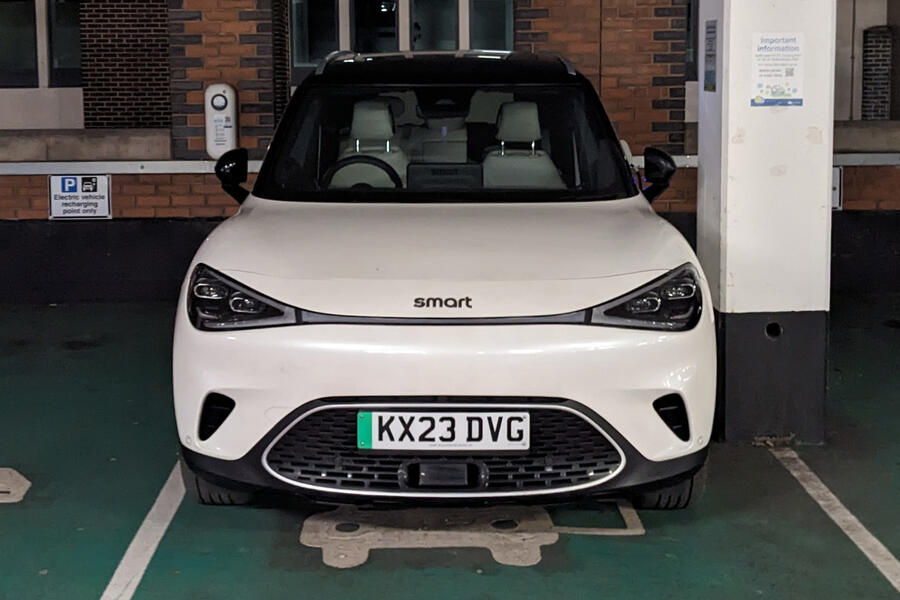
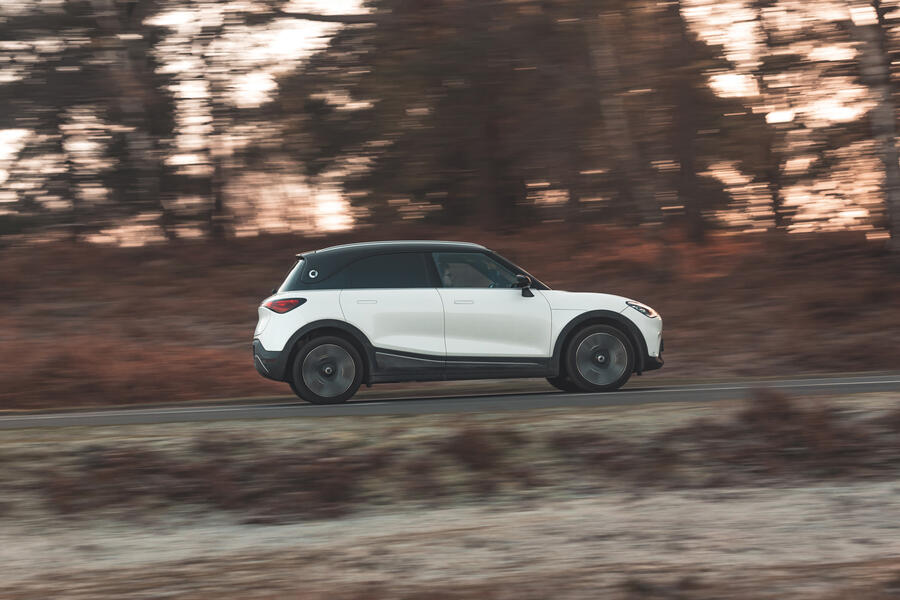

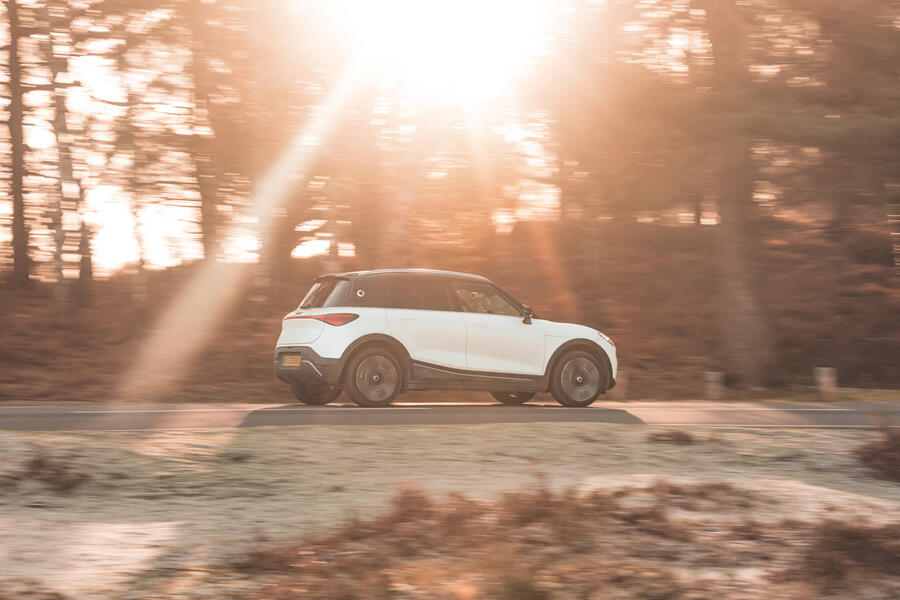





Join the debate
Add your comment
It looks like an angry Mini Countryman that melted a bit. I'm all for reinvention but this has none of the funky / cool design of any of its forebears. Looks anonymous. Pass...
With reference to your complaint about the wing mirrors, have you not found profiles? I am 5ft9 and my wife is 5ft4. Setting our profiles means that we can set the seat position, wing mirror position and HUD position so suit each of us. So when either of us gets in the car we just select our profile and adjust the rear view mirror. And if we drove the car last we just press the brake pedal to restore our profile. It couldn't be more simple.
Surely this needs a new brand name. Smart has established its reputation selling cheap and cheerful, quirky two-seaters that the transition to a five seat relatively expensive EV will not be easy. And right now there is a potential large market for any maker that can offer a small affordable electric car, which maybe is where Smart should be focused.